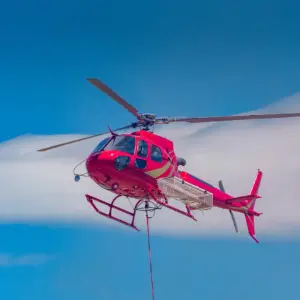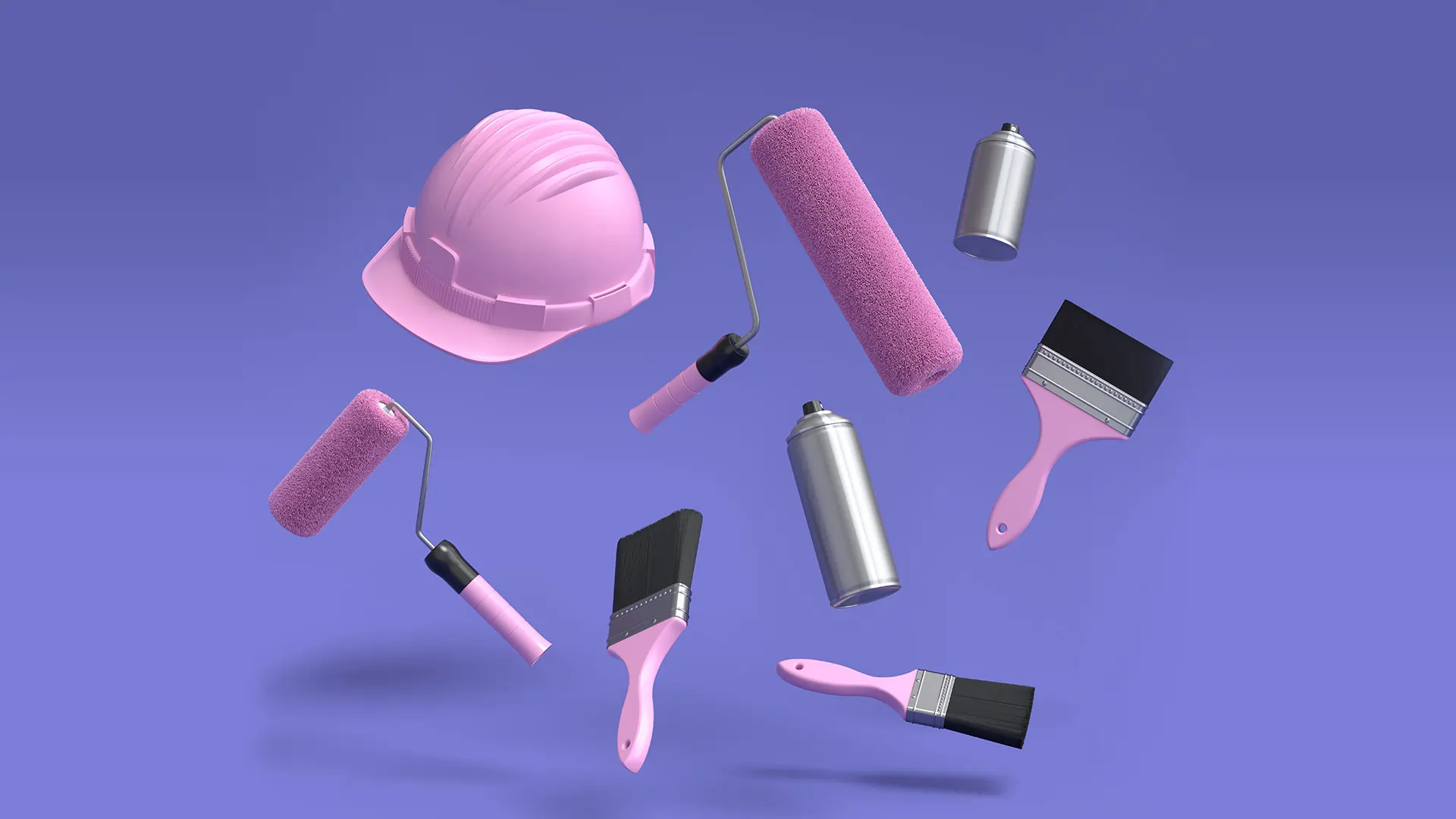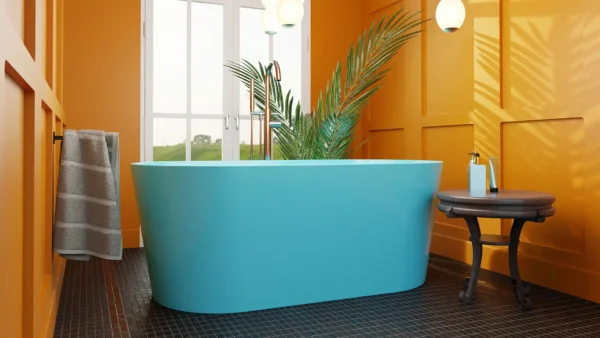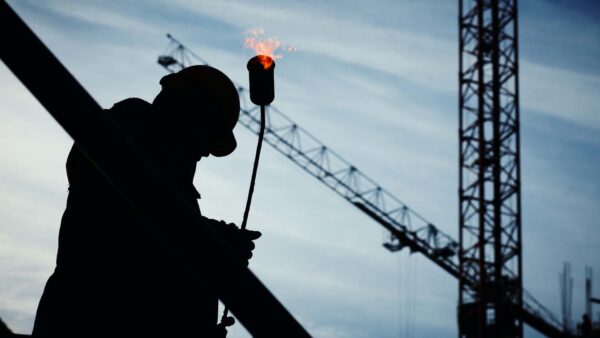Your painting business faces very different risks when compared to other contractors. Because you’re not cutting, nailing or screwing into walls and floors, the chances of accidentally doing damage to the property you’re working on is much lower.
Your crew probably won’t be faced with a water damage claim for an errant screw that punctured a plumbing line. Likewise, thanks to the fact that most paints are now water-based, painting contractors are no longer faced with many claims related to fumes making someone sick.
However, that doesn’t mean that you can’t be faced with claims. The difference is that the overwhelming majority of claims for painters today are related to overspray and spillage. In other words, getting paint on something that’s not supposed to be painted.
What kind of painting do you do?
Most painting contractors use some combination of rollers, brushes and sprayers, to apply paint to different kinds of surfaces under different conditions. Sprayed paint is the most likely to end up somewhere it’s not supposed to be, if your crew is not careful about using dropcloths, masking and containment barriers. But even if you’re using brushes and rollers, there’s always the risk of a spill.
Common claim scenario
Your firm is contracted to re-paint a parking garage. All cars are moved out of the garage the day before, and because of the nature of the work, you decide to use sprayers to complete the job. Because it’s an underground garage, your crew decides that it’s not necessary to put up a containment barrier. It’s a multi-day job. On the final day, you are painting the top level. Your crew doesn’t notice that a significant breeze picks up during the day. Although it’s an indoor garage, it’s not completely sealed. At the end of the day, someone notices that cars parked outside are speckled with overspray. They need to be professionally cleaned and detailed.
Total claim: $17,000
Tips for avoiding claims
Insurance aside, every painter knows that prepping for a paint job is every bit as important as the painting itself, because paint where you want paint is great, but paint where you don’t is messy and hard to clean up. The best way to protect against overspray and spillage claims is to take extra care before you begin a job to tape what needs to be taped, place dropcloths and set up containment barriers. As the example above shows, it’s better to be over-cautious, especially when you’re spraying. During a job, every time you have to refill a paint tray or the cup on your spray gun, make sure to reseal your paint bucket or can afterward, to prevent spills.
What’s covered by painters insurance?
Insurance for painting contractors usually includes coverage for:
- General liability (protecting you and your business if a customer takes you to court)
- Tools and equipment (protecting your sprayers, rollers, ladders etc.)
Other coverage to consider:
- Commercial property insurance – Your business needs commercial property insurance if you have a shop or office, especially if customers come there or if you keep supplies and tools there. If it’s a home-based business, talk to your personal insurance broker about protecting business-related contents.
- Commercial auto insurance – Most painting businesses have a van or truck, and those vehicles will require commercial auto insurance by law. If you use your own personal truck to transport materials and get from job to job, tell your personal insurance broker that you use your vehicle for business. Otherwise, you could find your personal auto insurance could be voided.
- Cyber and data breach insurance – If you rely on your website or email marketing to get new customers, if you keep customer information on your computer, or if you make or accept electronic payments, cyber insurance is a great idea, to protect you if you get hacked or lose customer data.
[Our thanks to Joanne Carmody from Travelers Canada, one of our trusted contractors insurance partners, who agreed to share her expertise for this piece.]
Looking for contractor insurance?
Speak with a Mitch Insurance broker today to get a quote on Ontario contractor insurance. Learn more >
Call now
1-800-731-2228








